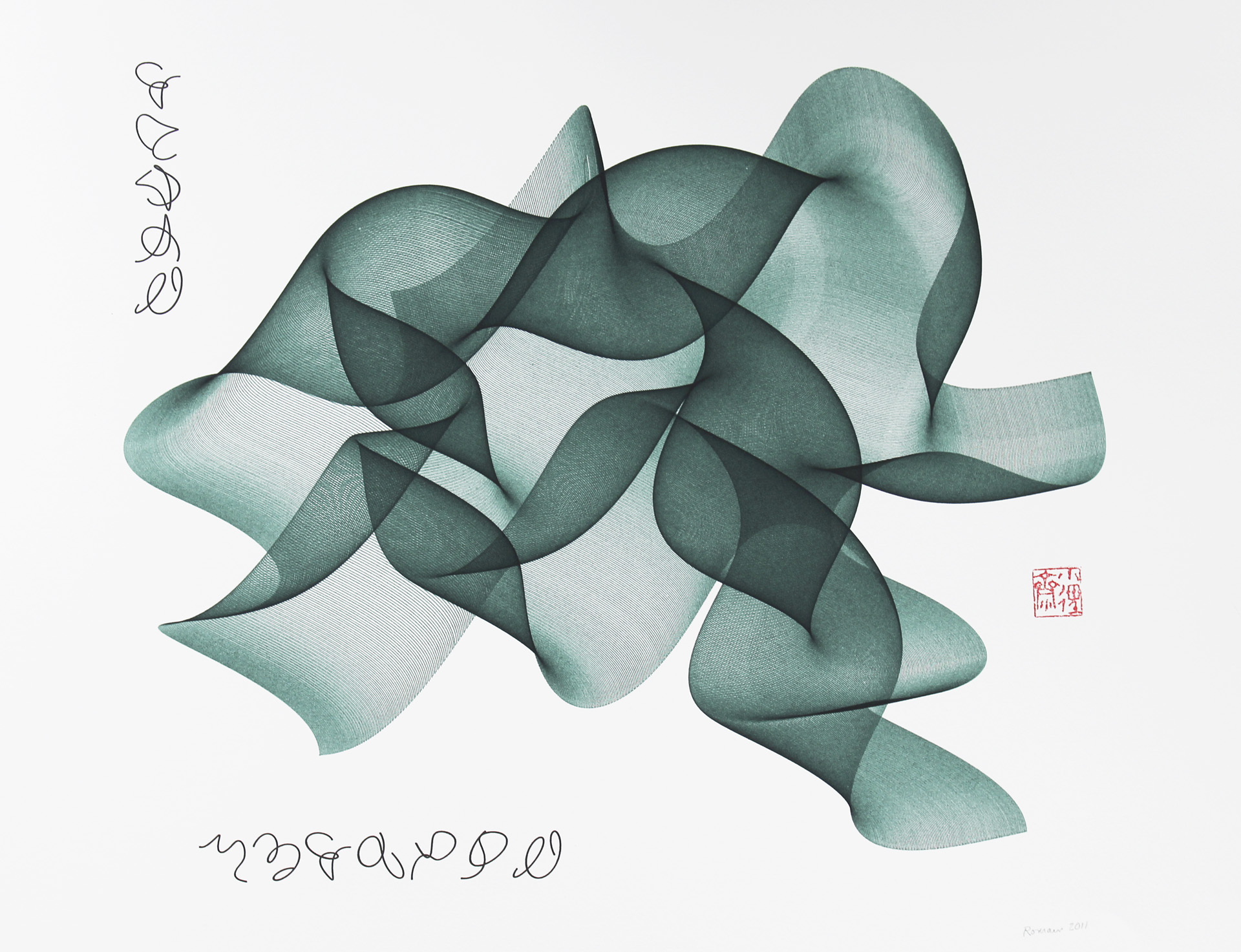

# set background color op = par ( bg = "#DDE3CA" ) # plot dendrogram plot ( hc, col = "#487AA1", col.main = "#45ADA8", col.lab = "#7C8071", col.axis = "#F38630", lwd = 3, lty = 3, sub = '', hang = -1, axes = FALSE ) # add axis axis ( side = 2, at = seq ( 0, 400, 100 ), col = "#F38630", labels = FALSE, lwd = 2 ) # add text in margin mtext ( seq ( 0, 400, 100 ), side = 2, at = seq ( 0, 400, 100 ), line = 1, col = "#A38630", las = 2 )Īn alternative way to produce dendrograms is to specifically convert "hclust" objects into "dendrograms" objects. In order to add more format to the dendrograms like the one above, we simply need to tweek the right parameters. # labels at the same level plot ( hc, hang = -1 ) # prepare hierarchical cluster hc = hclust ( dist ( mtcars )) # very simple dendrogram plot ( hc ) For that purpose we’ll use the mtcars dataset and we’ll calculate a hierarchical clustering with the function hclust() (with the default options). Let’s start with the most basic type of dendrogram.
#Peter plotter drawing 1965 code
You can check an extended version of this post with the complete reproducible code in R in this Rpub.Ī quick reminder: a dendrogram (from Greek dendron=tree, and gramma=drawing) is nothing more than a tree diagram that practitioners use to depict the arrangement of the clusters produced by hierarchical clustering. Today we are going to talk about the wide spectrum of functions and methods that we can use to visualize dendrograms in R. 7+ ways to plot dendrograms in R Posted on October 03, 2012


 0 kommentar(er)
0 kommentar(er)
